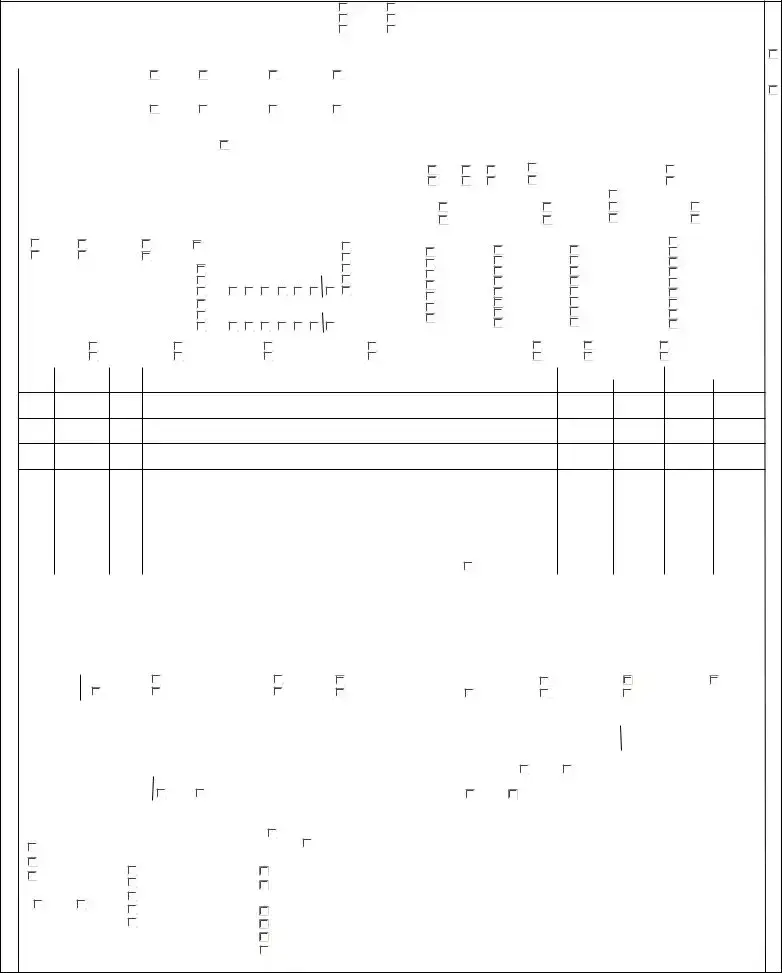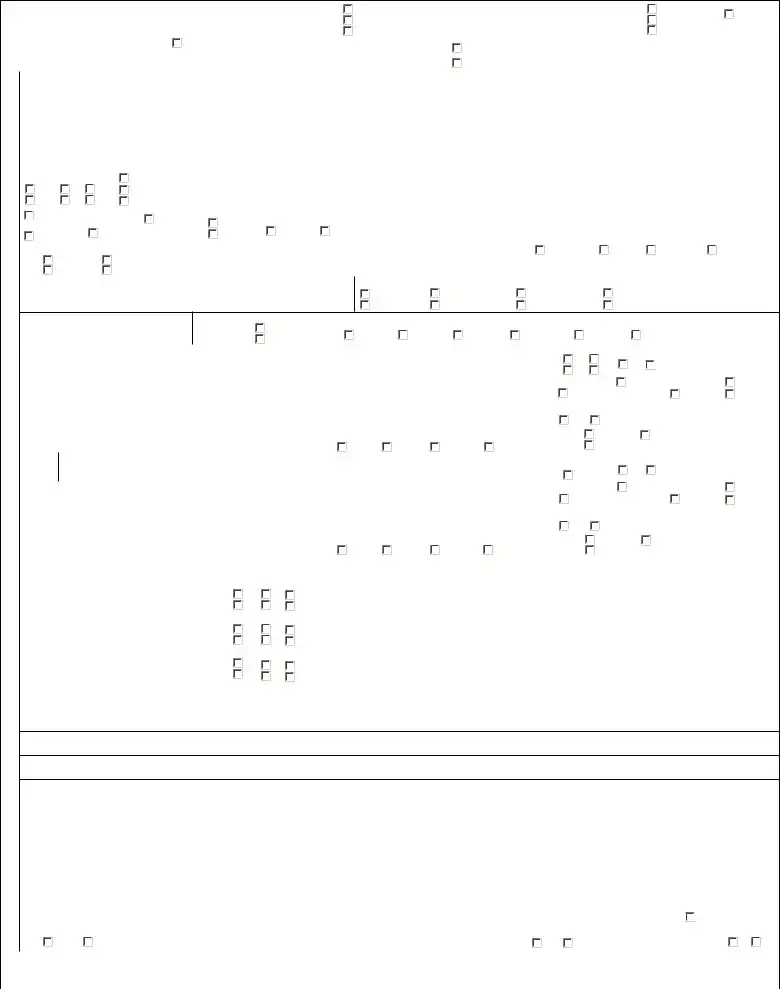What is the purpose of the Alabama Uniform Incident/Offense Report form?
The Alabama Uniform Incident/Offense Report form serves a critical role in the documentation and analysis of criminal incidents reported within the state of Alabama. Its primary purpose is to create an official and comprehensive record of the details surrounding an incident or offense, including the type of crime, location, victim and offender information, property involved, and any actions taken by law enforcement. This standardized form ensures consistent reporting across different agencies, allowing for accurate data collection, trend analysis, and resource allocation to address criminal activity effectively.
How is the type of incident or offense categorized on the form?
On the form, incidents or offenses are categorized by several key indicators including the nature of the crime (felony, misdemeanor, attempted, or completed), its degree, and relevant codes such as the Uniform Crime Reporting (UCR) Code and State Code/Local Ordinance. These classifications help in understanding the seriousness of the incident and aligning it with state and national reporting standards. This categorization ensures accurate statistical analysis and aids law enforcement agencies in developing targeted responses to crime patterns.
Can the location of the incident be disclosed if it occurred at the victim's residence?
If the incident occurred at the victim's residence, the form allows for the location to be indicated in a manner that protects the victim's privacy. Only the approximate location should be listed, such as a block number, instead of a specific address. This ensures the confidentiality of personal information while still providing valuable data about where crimes are occurring, which can assist law experts and law enforcement agencies in understanding and addressing crime patterns in communities.
What information about the offender is collected on the form?
The form collects detailed information about the suspected offender, including demographics such as sex, race, age, and ethnicity, along with any known affiliations with gangs or hate groups, substance use, and whether the suspect is believed to be a juvenile or adult. Additional details may include weapons used, involvement in prior incidents, and descriptive elements like clothing or physical marks. This information is crucial for identifying suspects, understanding the circumstances of the incident, and aiding in subsequent legal processes.

